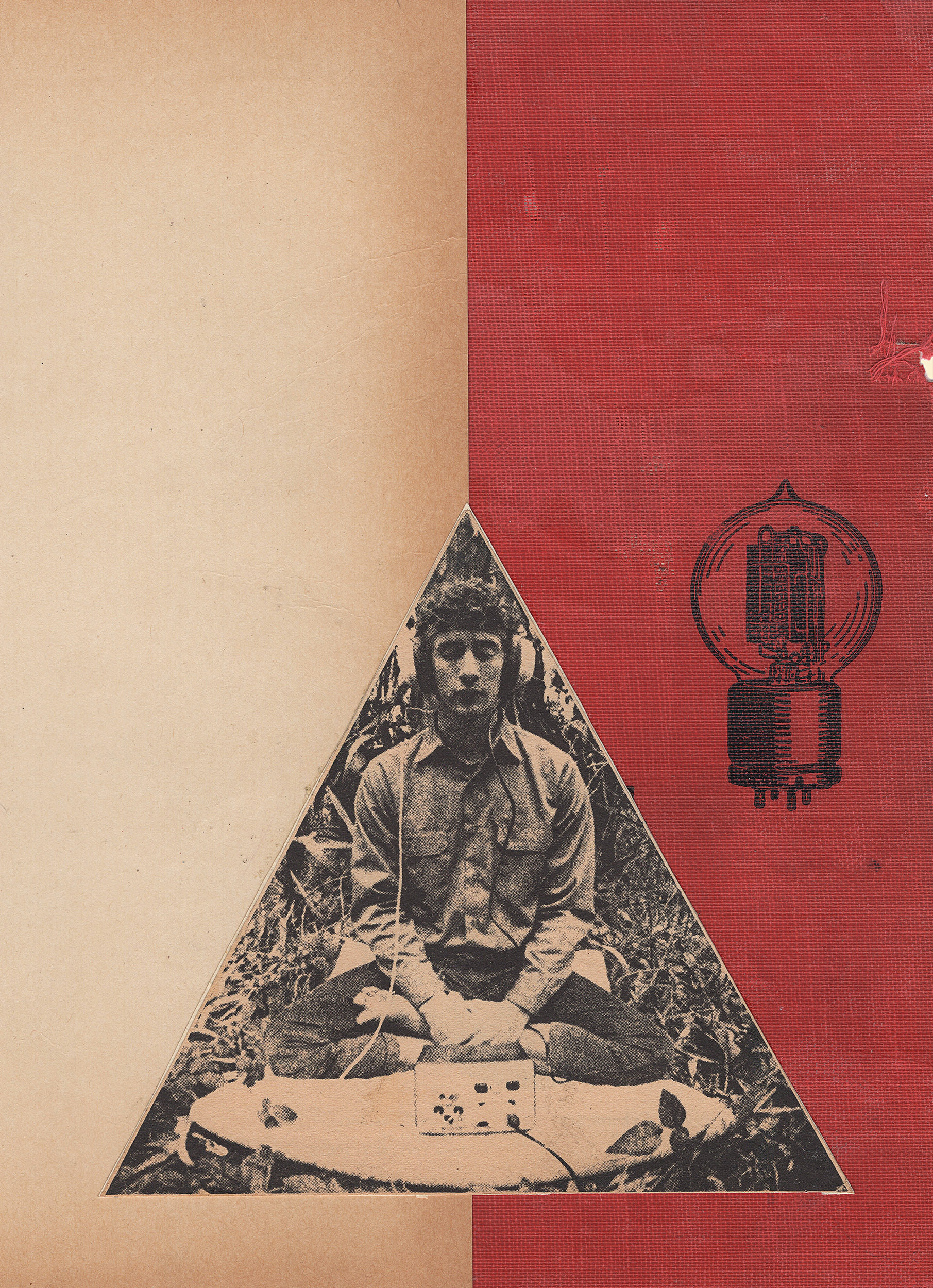The Useful Arts BF-S PRO DI is everything you’d expect in a high-quality, all-tube, single-channel studio DI. Besides the IEC power receptacle on the back, all connections are on the front panel. Audio I/O includes instrument-level 1/4-inch TS IN and a THRU jack. A 1/4-inch TS output is ideal for feeding guitar or bass amps while simultaneously recording the direct signal from the XLR’s mic-level output. There’s a HI/LO Gain button and a switch to engage the two-band EQ (when in LO Gain mode). The unit is solidly built, with a beautiful red enamel face with three nice, large rotary controls for LF, HF, and Output gain. Pure mode switches to a “hi-fi” line-level output. A ground lift button is also provided for the XLR output. Useful Arts claims the BF-S to be flat from 15 Hz to 80 kHz (±2 dB) – I can confirm that this a very full sounding unit!
Useful Arts’ concept behind the BF-S PRO DI was to incorporate the audio circuitry of the BF-1 tube DI with the linear power supply from the SFP-60 preamp [Tape Op #138], resulting in increased clarity and headroom with almost noiseless high-voltage tube performance. A different method of impedance conversion provides an increased depth and clarity over typical DIs, and one Useful Arts has tailored specifically for recording purposes. A sprinkling of second-order harmonics delivers a tasteful enhancement without overly affecting the fundamental character of the instrument.
When it first arrived, I patched in the BF-S and tried a few different sources. Electric guitar sounded like, well, a DI’d electric guitar – but to be fair, I just don’t like DI’d electric guitar. My microKORG synth, however, sounded quite improved. Just playing around with different sounds was fun, as I could pick out distinct delays in patches, and control movements with the synth were easy to hear. I tracked some drums with the BF-S, using an old “tape deck” mic with a TS connector as a drum “stunt mic.” You could definitely hear the limitations of the mic’s frequency capture, but the sound through the BF-S was super clear. I’ve been doing a lot of remote drum tracking lately for other artists, and I like giving them some alternative sound options. The BF-S tracked “stunt mic” setup worked well on a few tunes in this instance.
The thing I’ve done most with the BF-S is to record bass guitar, and this is where the Useful Arts box really shines. I’ve never been a “gotta have a high priced DI” guy, but when the session goes into the overdubbing stage, typically the bass player and I are in the control room together, and they plug into an outboard mic pre. With the BF-S, I patched its output into my Neotek Elan console’s mic pres, and the results have been full and clear. After such great initial sound, I jumped into exploring the EQ section. The HF EQ is the business! Just turning it up added definition and cut to the Fender P Bass in a perfect way. A few weeks later, when tracking a different artist using the same bass player (and bass), he was using a pick that was more appropriate for the ‘90s punk-influenced track we were working on. In this instance, the LF EQ brought out some of the body the pick took away, all while maintaining the vibe and attack of a picked performance.
As I continued using the BF-S PRO DI, I started to think of it as a simple tracking EQ, more than just a one-purpose DI. While players were working through their songs, I adjusted the EQ knobs to get the instrument sitting in the track in the best way. Some may call a high end DI an essential piece of studio gear, while others may regard it as a luxury or added bonus. Whichever camp you find yourself in, the Useful Arts BF-S PRO DI applies to both concepts. I found it to be a perfect tool for adding tube warmth and depth that’s as simple to use as the off-the-shelf passive DI you bought at the music store all those years ago.




_disp_horizontal_bw.jpg)